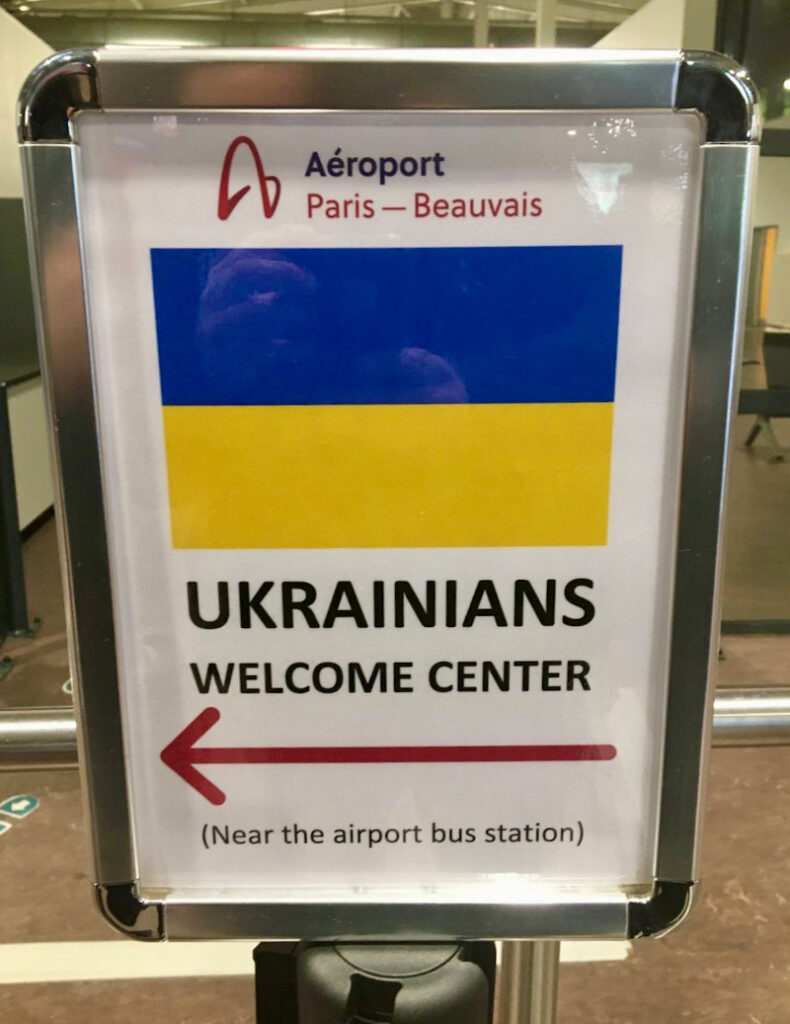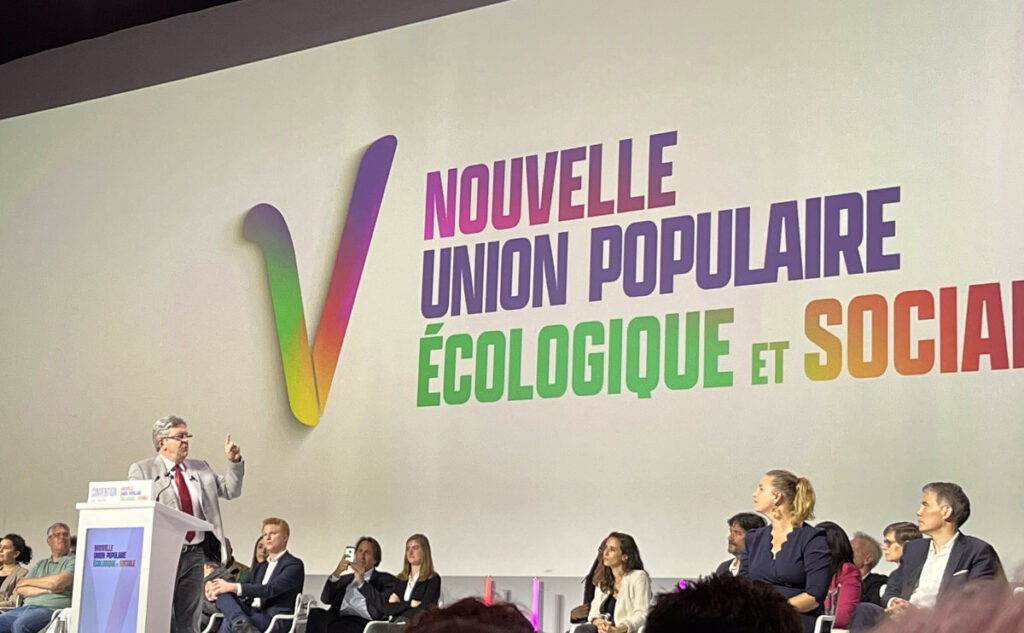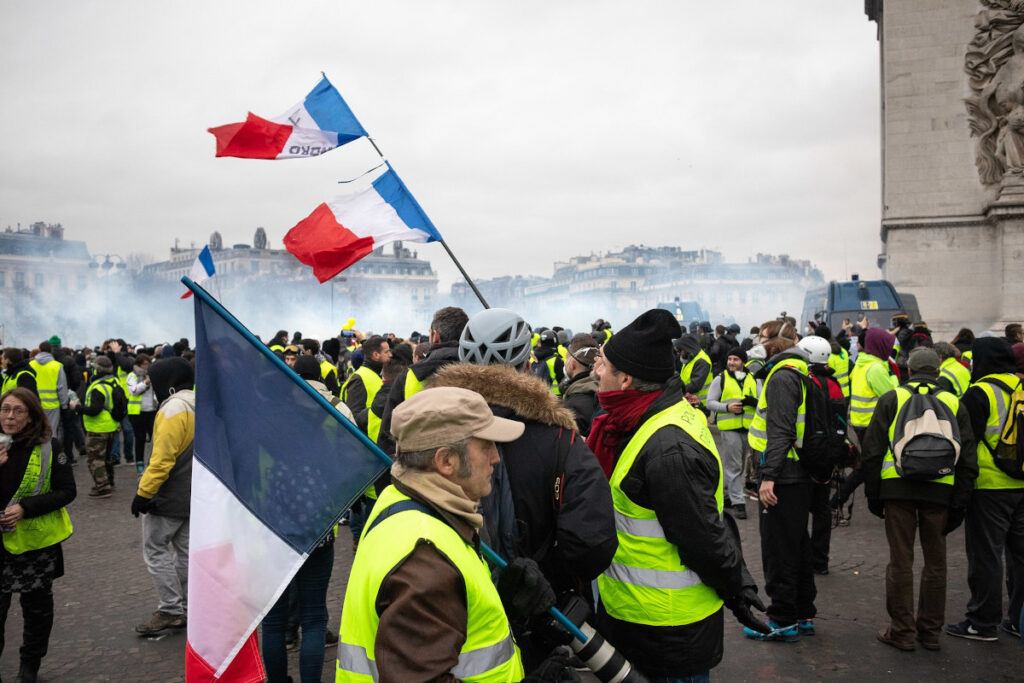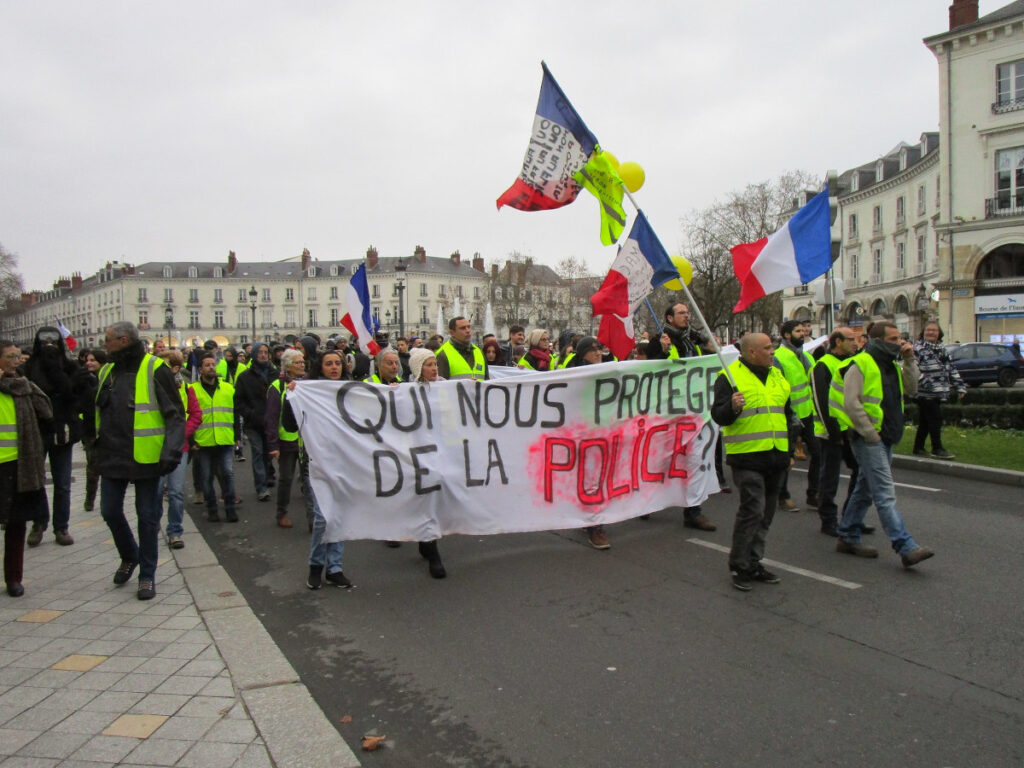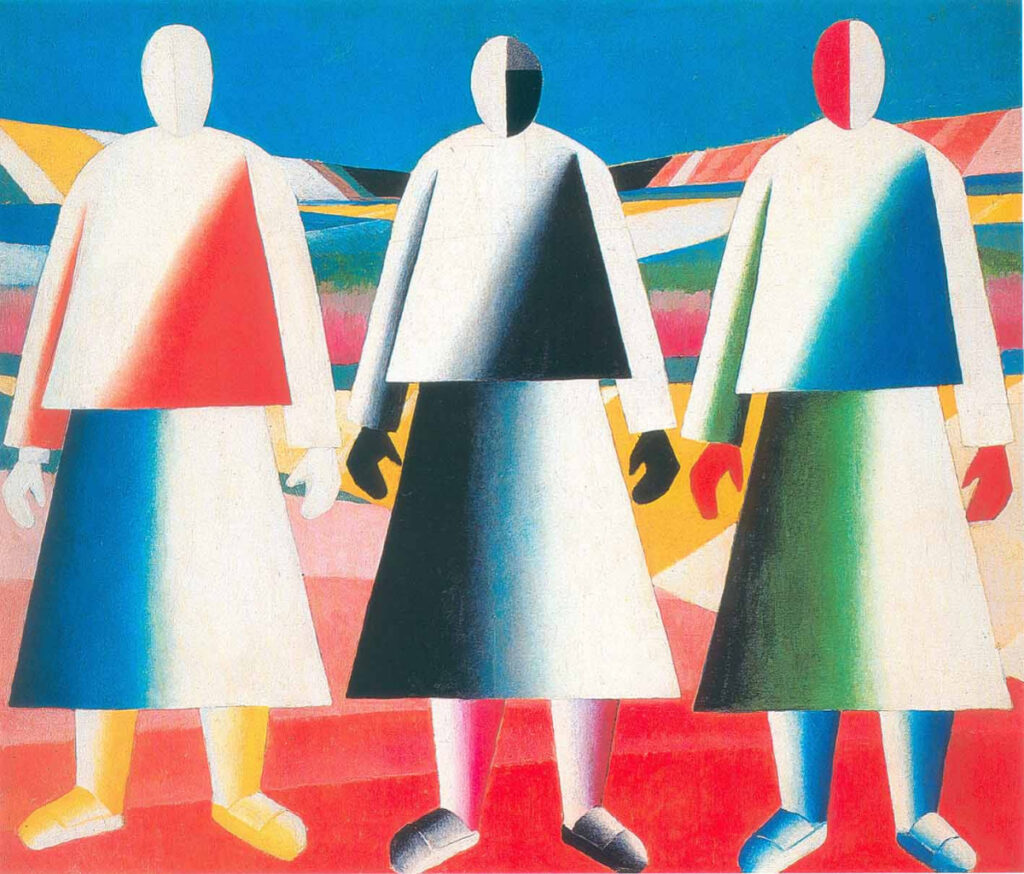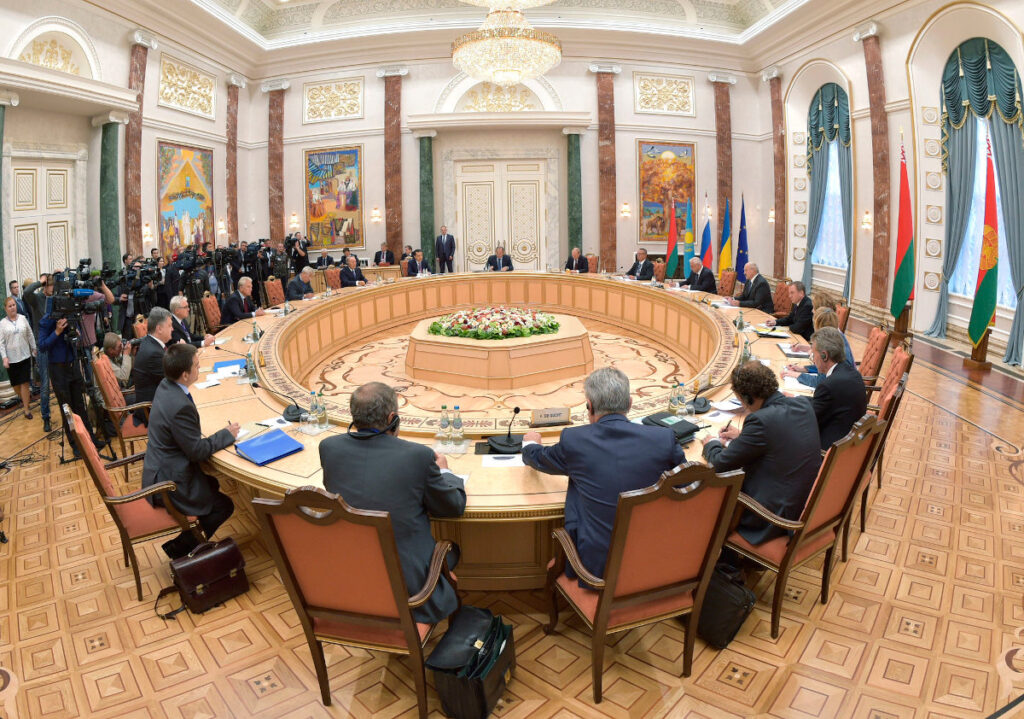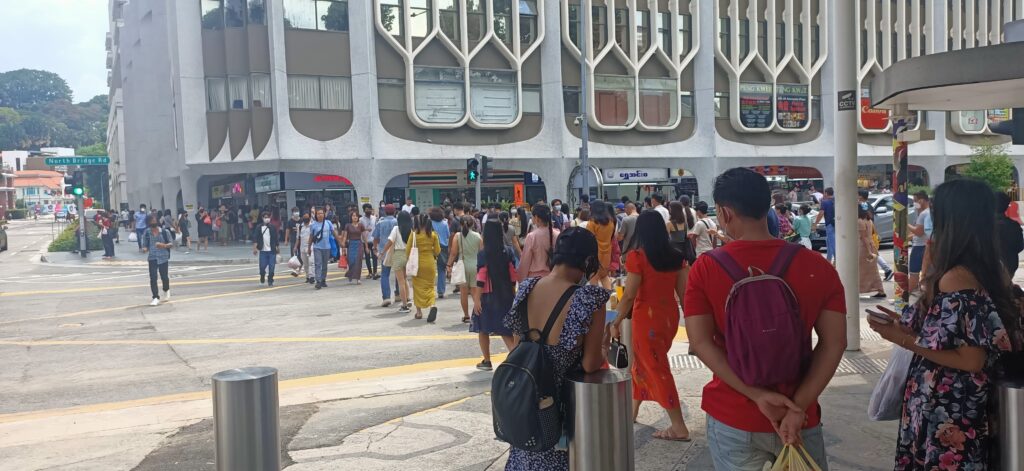At the end of July, a remarkable event unfolded in three distinct but significant sites in Canada. Pope Francis, the Argentinian current supreme pontiff of the Roman Catholic Church, travelled to Maskwacis, Ste. Anne de Beaupré and Iqaluit on his “penitential pilgrimage” in Turtle Island (the Indigenous name for North America), an historic visit intended to allow for “forgiveness” for the heinous acts at Catholic Residential Schools which for over almost a century (1885-1996) separated thousands of Indigenous children from their families and communities and subjected them to awful physical, emotional, and sexual abuse.
The event earned some attention in the media internationally and in Canada, where it monopolized national and local airwaves and the Internet. The media drummed up popular fascination, in “will he, or won’t he?” fashion, with the potential Apology from the Pope – a possibility planted earlier this year in March when a delegation of members of 32 First Nations, Métis and Inuit communities visited the Vatican and met with the Pope to share their experience in residential schools and express the importance of a formal papal declaration of apology in their homeland. Part of the delegation’s aim was a call for the rescinding of the 1492 Treaty of Tordesillas and its accompanying “Doctrine of Discovery”, which originally endowed early Christian explorers the legal authorization to occupy and extract from a supposed ‘terra nullius’.
We draw attention to the need for anthropologists and other scholars to recognize the importance of what is at stake in this papal event as a culmination of colonial histories and processes that are not merely “religious”. While many may read the papal visit as simply an enactment by an archaic religious institution breathing its last breaths on the global stage, there is much more at work here that touches on the most pressing issues of our day concerning (self-)sovereignty, governance and decolonization, and the powerful hidden theopolitical economy of bodies, blood and soil, and the commons that underlies them. As such, this papal visit and other prominent public Church performances also invoke, implicitly though distinctly, themes familiar to many anthropologists in our thinking and research: debt and guilt, capitalism and care, denizen-ship and vulnerability.
A Pope is never a single story, nor a truly singular individual. Technically, the Pope is the Bishop of Rome, in straight lineal descent from Saint Peter, making him a unique combination of the historical person, the geopolitical configuration of the Church (as sovereign of the Vatican City State), and the liturgical, “God-manifested” investiture of the Pontificate. While many regarded the Second Vatican Council (1962-1965) as marking a pivotal rejuvenation of the Church and a welcome modernizing shift toward reform and social engagement, the two pontificates that followed Vatican II dampened any such hopes. Both Pope (and now Saint) John Paul II (1978-2005) and Pope Benedict XVI (2005-2013) manifested ambiguous stances toward Indigenous people and the deep histories of violence, neglect, and exploitationin the Americas.
John Paul II, personally invested in a post-cold war politics of anti-communism, was a staunch defender of ‘human life’ as a universal value rather than something to be understood as mediated by social and cultural specificities. He travelled to some 120 countries and oversaw an unprecedented surge in the canonization of new saints, including in the Americas. Yet in this continent he also undid years of efforts by more ‘progressive’ Church factions in promoting participatory democracy, land rights advocacy, human and Indigenous rights, and in the fight against poverty and neoliberal policies of international structural adjustment – the broad canvas of programs that theologically and pastorally became known as part of the movement of Liberation Theology. John Paul II’s geopolitical orientation toward Turtle Island could be summed up by his words during a brief visit in 1984 where, in Ste. Anne de Beaupré, he stated, rather elliptically, “We know that Jesus Christ makes possible reconciliation between peoples, with all its requirements of conversion, justice and social love. If we truly believe that God created us in his image, we shall be able to accept one another with our differences and despite our limitations and our sins.” Reconciliation for this pope was thus fundamentally a repairing enabled by the sweeping of vexing “differences” and past evils under the supposedly apolitical carpet of a transcendent universal (European) catholicity.
In contrast to his predecessor, Benedict XVI appeared more interested in the “Arab world” rather than the Americas, which he visited only briefly twice (Brazil in 2007, and Mexico in 2012, en route to Cuba). In travels to Lebanon, Syria, and Germany he worked to encourage, not always successfully, Christian-Muslimdialogue, visibly more at ease as a theologian rather than a pastor surrounded by a crowd. More generally, he had an infamous role in partly covering priestly sexual abuse before becoming Pope, but also, perhaps unknown to many, while Pope, tried to address the abuses committed within and by members of new 19th and 20th century religious Orders (such as the Congregation of the Legionaries of Christ and their founder Marcial Maciel) that had been much in the grace of John Paul II. The “traditionalism”–in both theological orthodoxy and disposition – of this German Pope also served to bolster the “old”, pre-Reformation Orders within the church and affirmed the Christian roots of Europe and its ‘civilization’. Yet when Benedict XVI met a First Nations delegation visiting the Vatican in 2009 (headed by then National Chief of the Assembly of First Nations, Phil Lafontaine), the pontiff expressed a heartfelt shame and sorrow for the suffering of those living with the tragic legacy of Catholic residential schools, and blessed sacred medicine brought by delegation members. However, the Pope’s utterance of remorse took place on Vatican soil, as part of a private visit, not an act of attempted reconciliation on Turtle Island.
When Francis became Pope, however, the world expected something different. As the first Latin American Pope, with a theological and pastoral proximity to the poor and the “peripheries” (though with an unclear association with Argentina’s military regime while Provincial of the Jesuits in Buenos Aires), it was thought he could open the magisterium of the Church to an embracing of the divorced, homosexuality, the ordination of women priests, and the tackling of priestly sexual abuses, while setting in motion a concrete system of reparation. Now, amid the ninth year of his pontificate, an opening on these matters has been only partial.
Nevertheless, Pope Francis has called attention to capitalism’s “culture of waste” and our universal denizen-ship on the earth as “our common home”; in 2015 he met for over three weeks with Indigenous communities in the Amazon toward mobilizing clergy and others for an “Integral Ecology” of “pastoral, cultural, and ecological conversion” in the interests of Indigenous survival. In addition, he has pointed to the aging, “grandfather”–like nature of European societies which he urges must rejuvenate their ancient cultural values by means of new immigrant blood.
These overtures have been appreciated especially by non-Catholics, attracted by their ethically driven politics of inclusion and active collective responsibility in a time of increasing individualist populist politics world-wide. Conservative Catholics, however, have portrayed Francis as a mere pastoral figure rather than one with true theological gravitas, a breaker of traditions rather than an architect of authentic intra-church alliances. Moreover, the ambiguity of this Pope from the Americas is precisely regarding its Indigenous peoples: they are beloved as ‘primordial’ caretakers of the earth and holders of ancestors’ wisdom yet remain trapped in the romanticizing gaze of Francis in his own embodiment of an immigrant European in the New World.
The most striking image in the just-completed Turtle Island papal pilgrimage is the frail, wheel-chaired body of Francis as the agent of avowed penitence. The popular enthrallment with the highly mediatized story of the papal visit, not just in Canada but worldwide, points to a collective desire for a punctual, perlocutionary healing, as if the spoken apology “for deplorable evil” could perform the erasure of the stubborn stain of guilt not just for the Church. In this context, the Pope as the Church’s metonymic leader becomes the proxy for non-indigenous Canadian society at large (the latter, after all, tacitly accepted the colonial assimilationist system that allowed the unspeakable abuses of Indigenous children to take place).
Indeed, at the very start of his visit this unique (as both the first Jesuit and non-European) Pope could be seen solemnly and pensively cradling his chin and mouth in his hand as if hesitant about the words he would soon be expected to utter. Later, in Maskwacis, he was enveloped in a soundscape of sacred chanting and drumming, grinning as he donned an Indigenous ceremonial headdress. The moment displayed a willful audaciousness typical of the Church, justified by the familiar theological principle of Humanitas – a vitalization of ‘cultures’ under a universal umbrella that sees all members of those Cultures as children of God. Yet, the apparent seamlessness of this harmonious scene later became undone by the raw, devastating, impromptu spectacle of a lone woman, Si Pih Ko, powerfully singing, in Cree, her fist raised to the sky, an alternative version of Canada’s national anthem known as “Our Village”, rebuking the papal presence while protesting the death of her brother in prison.

If, as Carl Schmitt says, all political concepts are secularized theological ones, Pope Francis’s recurring gestures of apology for “cultural destruction” came crashing to a ground of (missed) interpellations and apologies, while he continued to offer his fragile body for a performative Church and State healing of indigenous lives ravaged by the violence of genocide – a word the pontiff spoke only when he was safely on the plane back to Rome.
Thus, the concept of reconciliation by Pope Francis was affectively mobilized through the soil, commons, soundscapes, and bodies as these hinged on the ultimate sacrifice of Christ’s crucifixion and a human/divine suffering that were, in this highly mediatized visit, notably devoid of Marian iconicity. In this framework, the singular yet communal suffering of First Nations, Métis and Inuit peoples becomes part of the ‘universal’ redemptive incarnation and blood of Christ, and, by extension, the healing sovereignty of the Canadian state.
The much-anticipated apology for the methodical cruelty of educational Catholic missions, and the Catholic Church’s role in past and ongoing colonialism, cannot be understood simply through an anthropological lens of battles for and refusal of modern state (self-)sovereignty. This 2022 papal journey through Turtle Island made glaringly evident that a colonial Church infrastructure is deeply engrained in a Christianity of the modern Canadian state, as the Canadian Conference of Catholic Bishops made clear by orchestrating, albeit not in line with Pope Francis’s will, an estranging Eucharistic Mass performed in Latin (an archaic norm abandoned post-Vatican II) in Edmonton’s Commonwealth stadium on July 26. Throughout this visit we beheld an aging papal body answering Indigenous calls for the dis-entangling of Catholic colonial violence through his encounter with the sacred soundscape, walking the soil (even if in a wheelchair), and in his public acts of listening.
‘True’ reconciliation remains a matter of the return of stolen gifts and livelihoods, requiring a new articulation between economies of suffering and indebtedness. From the perspective of Catholic theology, indebtedness is intrinsic to the tension between guilt and debt, where guilt is the unavoidable condition of being born as human (fallen from Eden), and debt is enjoined by God’s gift of life that cannot ever be fully repaid. The tension of guilt and debt in their eternal production of indebtedness is a “vital” theological hinge and a primary force of a capitalist market that functions as a never-ending fulfillment of drives and desires. Reconciliation then is also a much-needed breaking of precisely this theological hinge
Yet, in a way that was perhaps unperceived by many, this papal visit with and beyond the Indigenous peoples of Turtle Island affords the possibility that “reconciliation” is not only a matter of voicing and representation, sovereignty and its ongoing unravelling, or retribution and (unmade) apologies. It also a political, theological, and cosmological matter of a mystery of incarnation, in its particular bodily forms of fragility—a fragility now more than ever common to all living beings. As potent as this mystery of incarnation may be for healing, it may not be enough.
Valentina Napolitano is Professor of Anthropology and Connaught Scholar at the University of Toronto. Valentina Napolitano’s work weaves together anthropology, political theology, and Critical Catholic Studies. She is currently focusing on a book on mysticism and politics in the 21st century.
Kristin Norget is Associate Professor of Anthropology at McGill University. Her current research interests are concerned with mediatization and contemporary strategies of evangelization of the Roman Catholic Church focused on Mexico and Peru. She has also published on issues of indigeneity and Catholic liberation theology in Mexico.
Cite as: Valentina Napolitano and Kristin Norget. 2022. “Pope Francis, Reconciliation, and the State.” Focaalblog, 12 August. https://www.focaalblog.com/2022/08/12/valentina-napolitano-kristin-norget-pope-francis-reconciliation-and-the-state/
